- Call us: 01444 237070
- Contact Us
- Stores
- Sign In / Register
-
- Back
- Used Cameras
- Used Accessories
- Used Lenses
- Used Video
- Used Film Equipment
- Used Stock Alert
- Used Blank Test
- Sell or Part Exchange
- Used Clearance
- Recently Added Used Equipment
- Park Picks
- All Used Black Friday Deals
- Faulty
- Trade-In
- Blog
- New in
- Call us
- Contact us
- Stores
- Sign in
- Categories
- Tips & Inspiration
- Reviews
- News
- Events
- Features
- Buying Guides
- Competitions
Canon EOS C80 Cinema Camera Initial Review
Having launched the EOS C400 in June 2024, Canon followed up with the release of their second next-gen RF mount cinema camera in September of the same year. The Canon EOS C80 inherits much of the C400’s technology, while building on the strengths of the outgoing EOS C70.
Canon EOS C80 Hands-on Video Review
Watch the view review by our own videographer Gareth as he walks us through the ins and outs of this new model.
In our Canon EOS C80 Cinema Camera initial review, we explore what’s new, take a closer look at the most important features, and see how Canon has refined the design of this popular box-style cinema camera to meet the needs of today’s video professionals.
We also have a hands-on video review, where our very own Gareth Evans shares how the camera feels in hand and how it can help take your content to the next level.
So without further ado, let’s dive into the pricing and release date of this significant new release from Canon.
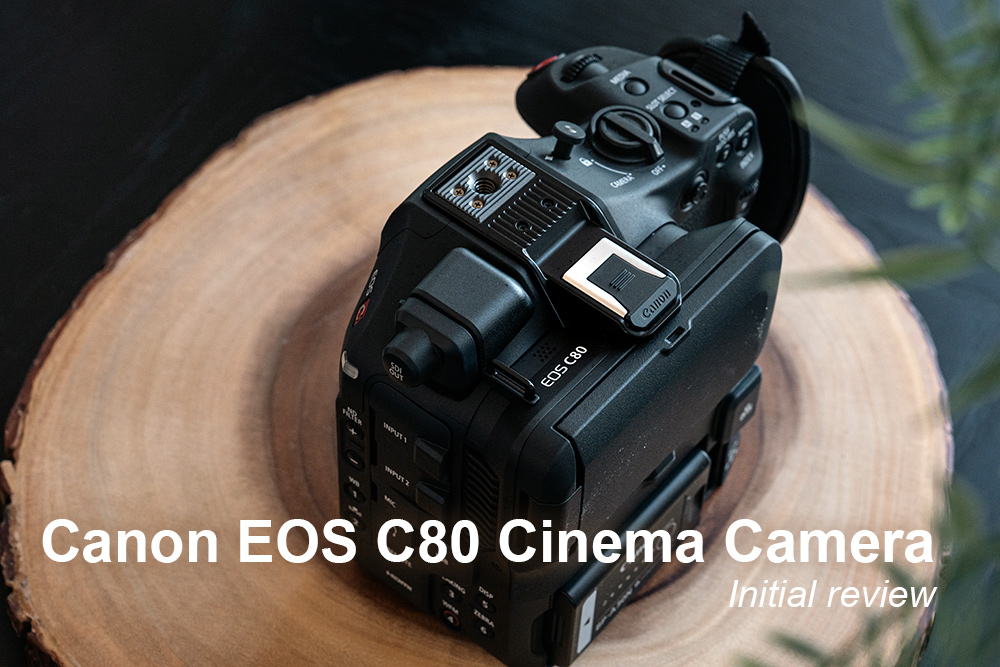
How much does the Canon EOS C80 cost and when was it released?
The EOS C80 costs £5,339.00, placing it between the C70 (£4,459.00) and the C400 (£7,799.00). This positions the EOS C80 as an ideal cinema camera for professional video creators working in industries such as TV, film, news, documentary and live events.
The camera was released on 9 September 2024, shortly after the June 2024 launch of the EOS C400. This is no coincidence, as both models share many features despite their price difference. Next, let’s take a look at the key features of the EOS C80.
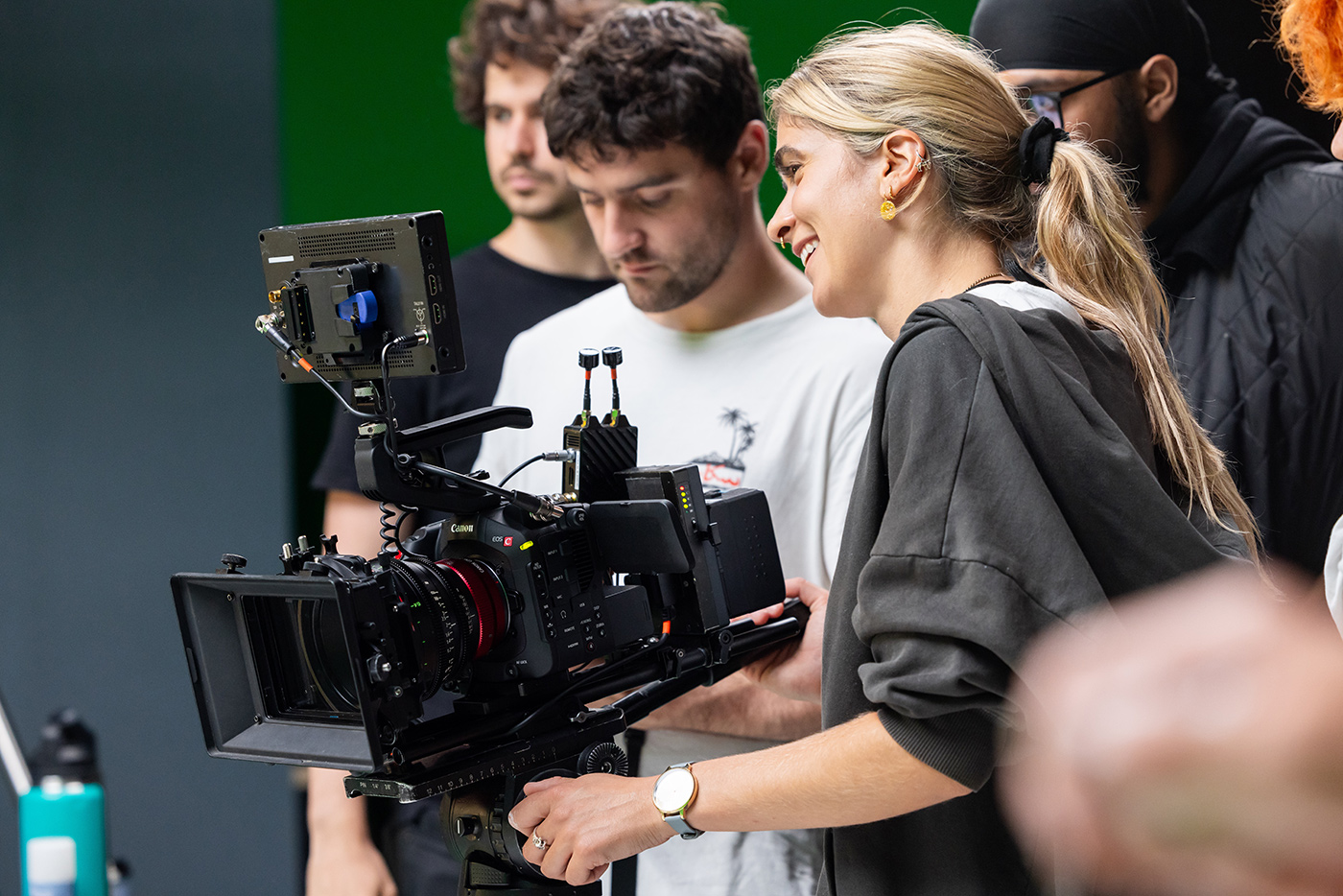
Canon EOS C80 key features
With the integration of the RF mount, Canon is further solidifying its next-generation lineup of cinema cameras. The EOS C80 also features a 6K full-frame CMOS sensor, along with a range of significant upgrades both inside and out, with the most important listed below:
- New 6K full-frame BSI stacked sensor with fast readout speeds
- Improved 16 stops of dynamic range and improved low light performance
- Canon Log 2 / Log 3 gamma and internal RAW recording
- 6K RAW internal, high frame rate 4K 120p and oversampled 4K 4:2:2 10-bit from 6K footage
- Updated Dual Pixel CMOS AF II with evolved EOS iTR AF X
- Lightweight (1310g) design facilitates handholding, gimbals and drones
- Dual UHS-II SD card slots
- Native RF mount, support for EF, PL and Canon Sumire optics via adapters
- New Manual, Auto and Triple Base ISO modes
- New SDI and ethernet terminals
- Support for live productions and remote control via ethernet and WiFi
- Virtual production support with RF 5.2 Dual Fisheye Lens
- New daylight-viewable touch control LCD panel
- Updated and repositioned joystick design
- New panel lock mechanism
- Newly designed handle with multi-function shoe attachment
- Additional 1/4-inch thread hole
Although this isn’t a completely exhaustive list of new and upgraded features, it highlights just how versatile the C80 is for video professionals. Next, let’s explore what this cinema camera is best suited for and whether it fits with the type of work you are involved in.
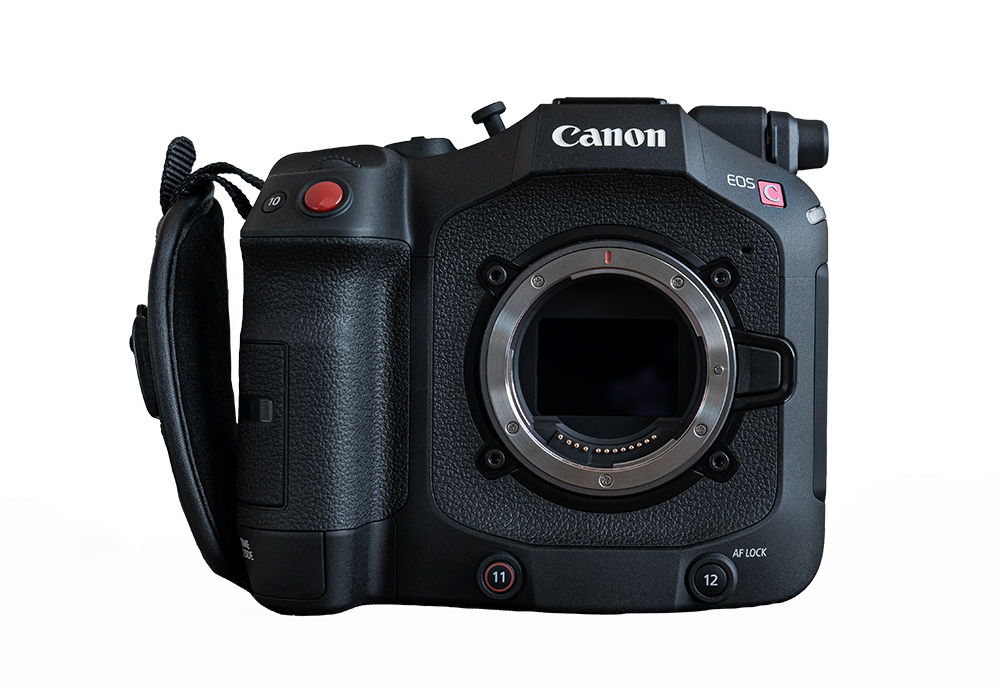
What is the C80 used for?
The Canon C80 is a professional video camera designed for filmmaking, TV, documentary, news, live productions, and VR content creators who need professional features in a hand-held cinema camera. We expect the Canon EOS C80 RF mount camera to receive Netflix approval too, just like the C70 and C400 models.
The C80 has some features which differentiate it from Canon’s consumer-oriented models, which are aimed at solo filmmakers such as the Canon EOS R5 C or more recent EOS R5 Mark II. These include remote camera control via ethernet and WiFi.
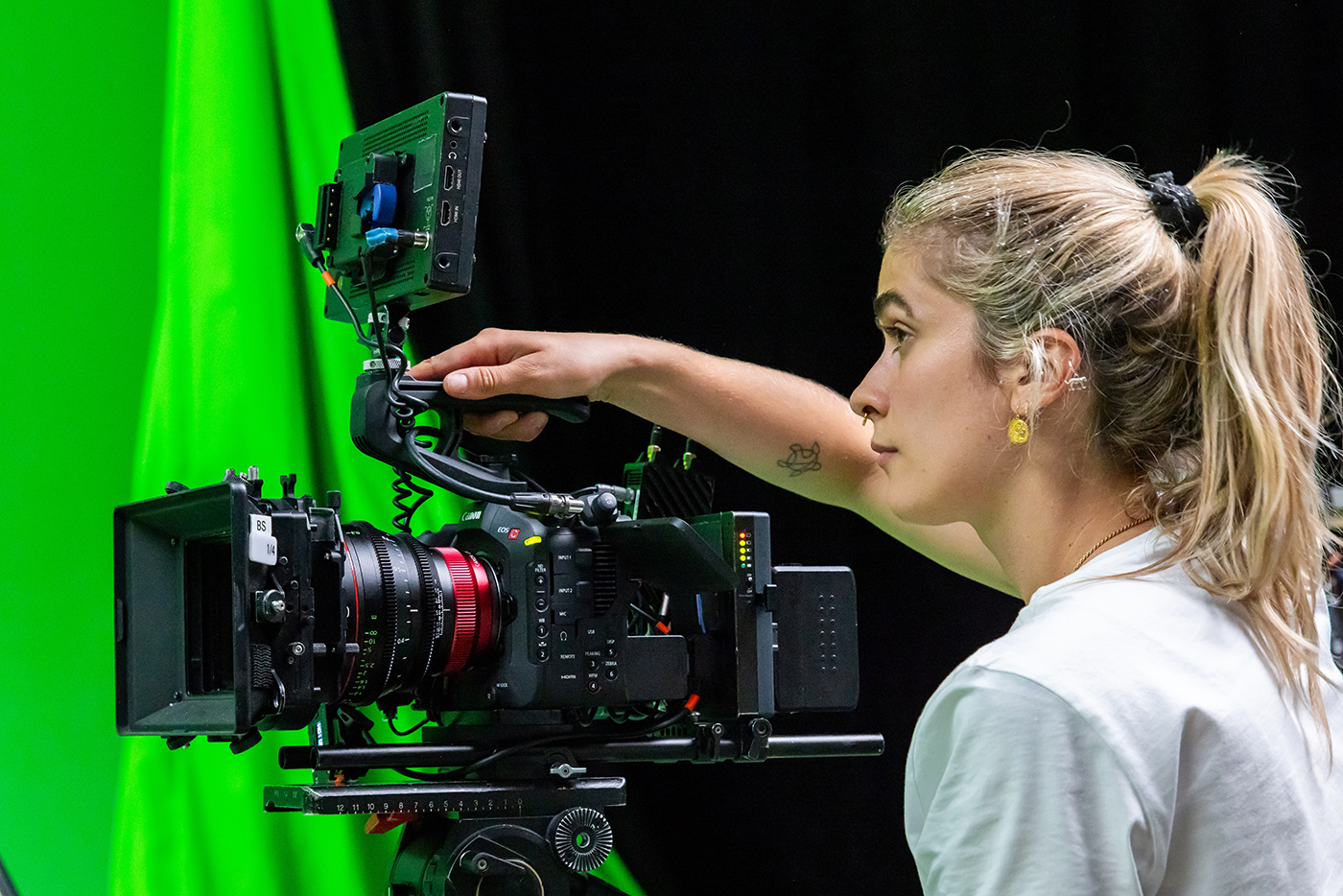
Canon EOS C400 vs. C80 vs. C70 Mark II Comparison Table
The table below showcases some of the most significant specs between the new C400 and C500 Mark II in order for you to glean the differences between these two cinema models.
|
|
EOS C80 (New) |
||
|
Lens mount |
RF mount |
RF mount |
RF mount |
|
Sensor |
35mm full-frame CMOS Sensor |
35mm full-frame CMOS Sensor |
Super 35mm CMOS Sensor |
|
Number of pixels |
Approx. 19.2 megapixels |
Approx. 19.2 megapixels |
Approx. 8.85 megapixels |
|
ISO sensitivity |
160-25600 (Extended: 100-102400) |
160-25600 (Extended: 100-102400) |
160-25600 (Extended: 100-102400) |
|
BASE ISO |
800 / 3200 / 12800 / Auto-change (Ex.: Canon Log 2, Canon Log 3, RAW recording) |
800 / 3200 / 12800 / Auto-change (Ex.: Canon Log 2, Canon Log 3, RAW recording) |
NA |
|
Sensor mode |
Full-frame, Super 35mm Crop, Super 16mm Crop |
Full-frame, Super 35mm Crop, Super 16mm Crop |
Super 35mm, Super 16mm Crop |
|
ND Filter |
Mechanical ND filter (2 / 4 / 6 / 8* / 10* stops) *with extender |
Mechanical ND filter (2 / 4 / 6 / 8* / 10* stops) *with extender |
Mechanical ND filter (2 / 4 / 6 / 8* / 10* stops) *with extender |
|
Gamma |
Canon Log 2, Canon Log 3, Canon 709, BT.709 Wide DR, BT.709 Standard, PQ, HLG |
Canon Log 2, Canon Log 3, Canon 709, BT.709 Wide DR, BT.709 Standard, PQ, HLG |
Canon Log 2, Canon Log 3, Canon 709, BT.709 Wide DR, BT.709 Standard, PQ, HLG |
|
Maximum frame rate |
6K 59.94P/50P (RAW) 4.3K 59.94P/50P (RAW) 4K 59.94P/50P (RAW/XF-AVC/XF-HEVC S/XF-AVC S) 2K 59.94P/50P (RAW/XF-AVC/XF-HEVC S/XF-AVC S) |
6K 29.94P/25P (RAW) 4.3K 59.94P/50P (RAW) 4K 59.94P/50P (RAW/XF-AVC/XF-HEVC S/XF-AVC S) 2K 59.94P/50P (RAW/XF-AVC/XF-HEVC S/XF-AVC S) |
Cinema RAW light 4K / 60P, 2K crop / 60P XF-AVC Intra 4K/60p, K crop / 60P XF-AVC Long GOP 4K/120p, 2K crop / 1800P
|
|
Colour space |
Cinema Gamut, BT.2020 Gamut. BT.709 Gamut |
Cinema Gamut, BT.2020 Gamut. BT.709 Gamut |
Cinema Gamut, BT.2020 Gamut. BT.709 Gamut |
|
White balance |
Auto, sunlight, tungsten, colour temperature |
Auto, sunlight, tungsten, colour temperature |
Auto, sunlight, tungsten, colour temperature |
|
Dynamic range |
16 stops |
16 stops |
16+ stops |
|
AF |
Dual Pixel CMOS AF II |
Dual Pixel CMOS AF II |
Dual Pixel CMOS AF |
|
Recording format |
Cinema RAW Light XF-AVC XF-HEVC S XF-AVC S |
Cinema RAW Light XF-AVC XF-HEVC S XF-AVC S |
Cinema RAW Light XF-AVC MP4 (HEVC/H.264) |
|
S&F max. frame rate |
|
|
|
|
Recording format (audio) |
Linear PCM 24-Bit/48kHz/4ch AAC 16-bit/48kHz/2ch |
Linear PCM 24-Bit/48kHz/4ch AAC 16-bit/48kHz/2ch |
Linear PCM 24-Bit/48kHz/4ch AAC 16-bit/48kHz/2ch |
|
Recording media |
1x CFexpress Type B 1x UHS-II SD card |
2 x UHS-II SD card |
2 x UHS-II SD card |
|
LCD monitor |
3.5-inch LCD Approx. 2.76 million dots, touch panel |
3.5-inch LCD Approx. 2.76 million dots, touch panel |
3.5-inch LCD Approx. 2.76 million dots, touch panel |
|
Viewfinder |
No |
No |
No |
|
Multifunction shoe (21 pin) |
Yes (with power contacts) |
Yes (with power contacts in handle) |
No |
|
Wi-Fi |
Internal |
Internal |
Internal |
|
SDI out |
Yes |
Yes |
No |
|
HDMI |
Type A |
Type A |
Type A |
|
Input |
Mini XLR x2 (AES/EBU not supported) |
Mini XLR x2 (AES/EBU not supported) |
Mini XLR x2 (AES/EBU not supported) |
|
USB |
Yes |
Yes |
Yes |
|
Mic |
3.5mm stereo mini jack |
2x Mini XLR 3-pin connector |
3.5mm stereo mini jack |
|
Headphone |
Yes, stereo |
Yes, stereo |
Yes, stereo |
|
Remote A (2.5mm) |
Yes (remote terminal) |
Yes (remote terminal) |
Yes (remote terminal) |
|
TC |
Yes (DIN terminal) |
YES (BNC terminal) |
YES (BNC terminal) |
|
Battery options |
|||
|
Dimensions |
Approx. 142 x 135 x 135mm |
Approx. 160 x 137.4 x 116mm |
Approx. 160 x 130 x 116 mm |
|
Main body weight |
Approx. 1550g |
Approx. 1310g |
Approx. 1190g |
All three of these powerful cameras include the RF mount and capture wide dynamic range footage across numerous resolutions and codecs. The C80 distinguishes itself from the C70 with a number of features including 6K video recording, the latest Dual Pixel CMOS AF II system and an updated body design.
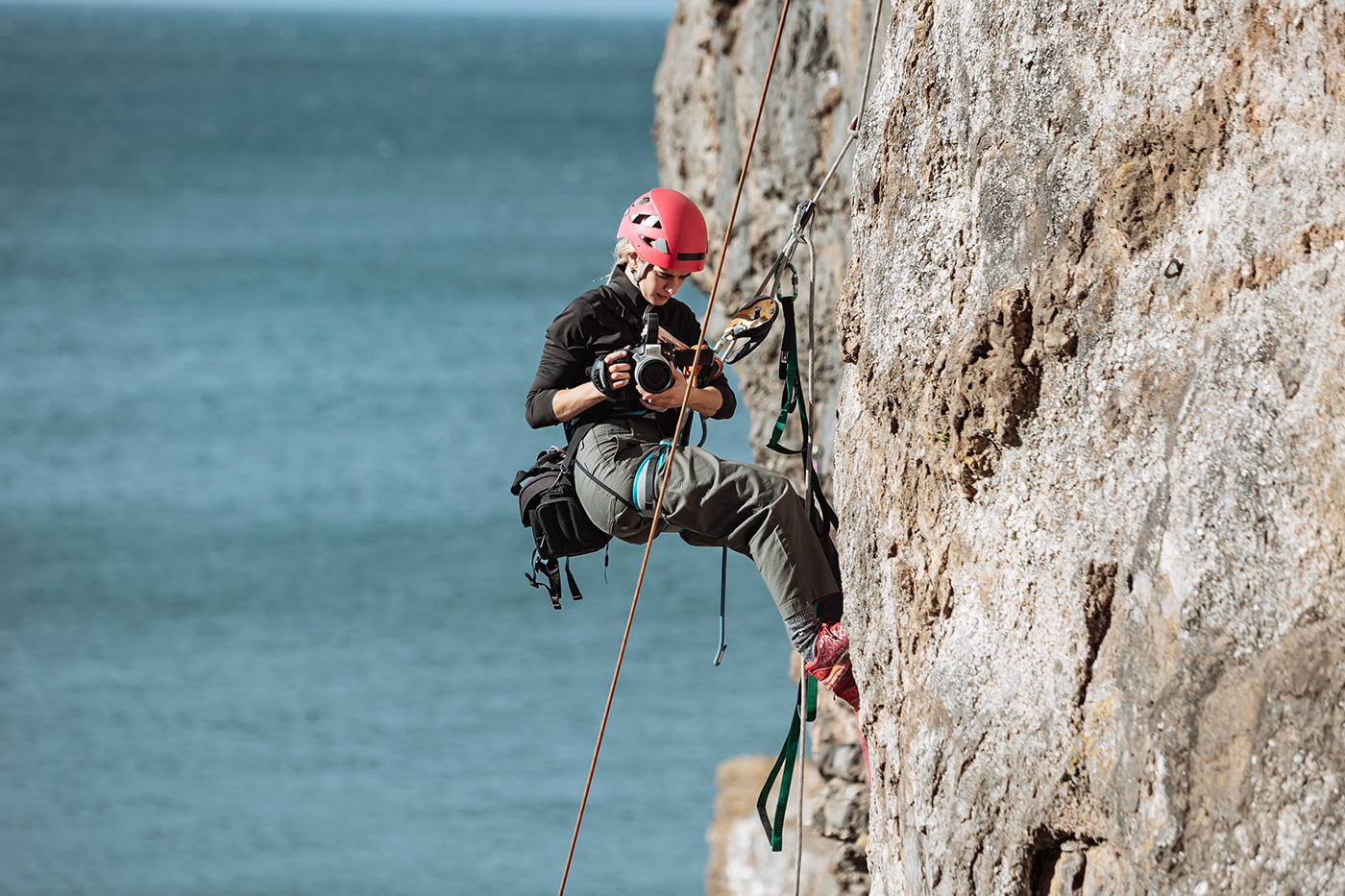
What are the advantages of RF lenses for filmmaking?
Canon’s RF mount has been integrated into the professional cinema camera range to provide support for RF mount lenses. This enables features such as real-time frame-by-frame data capture, smaller designs with sharper optics, and support for hybrid lenses such as the RF 24-105mm F/2.8 L IS USM Z.
RF lenses outperform equivalent EF lenses and Canon has revolutionised cinema optics with a new breed of RF hybrid models, which offer focus breathing correction, lens metadata, and an electronic parfocal design. These highlight some of the advantages of the RF mount for professional filmmaking applications.
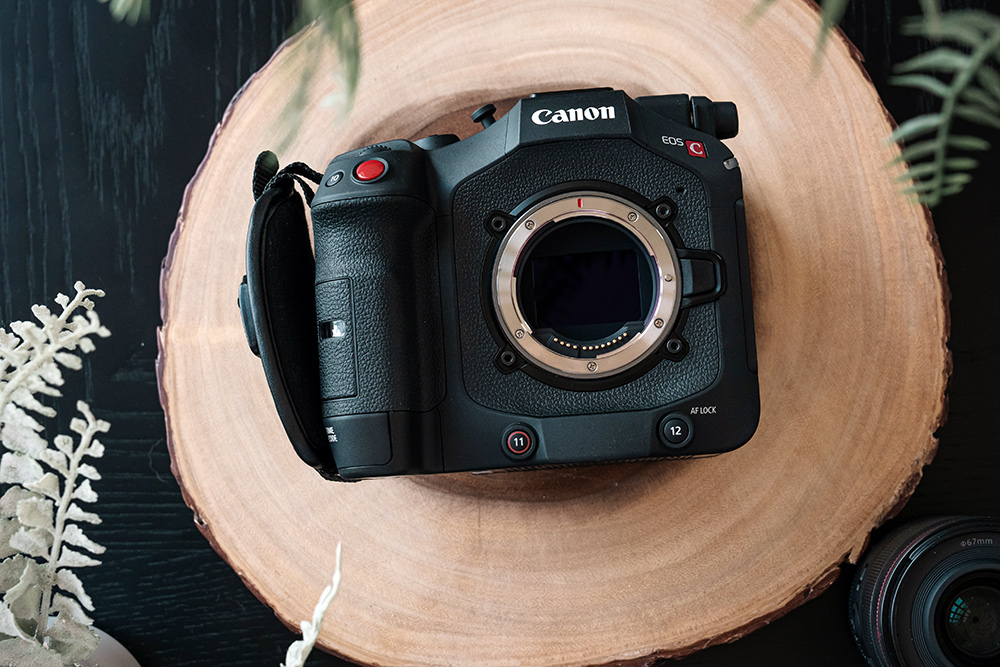
What is the image quality of the Canon C80?
At its heart lies a 6K full-frame BSI sensor with the flexibility to capture 6K RAW, oversampled 4K and S35 crop. Canon’s backside-illuminated technology records wide DR (16 stops), triple base ISO, and faster sensor readout for reduced rolling shutter. The sensor also facilitates the latest AF technology and improved low-light performance.
Next we’ll explore what the new AF system offers users.
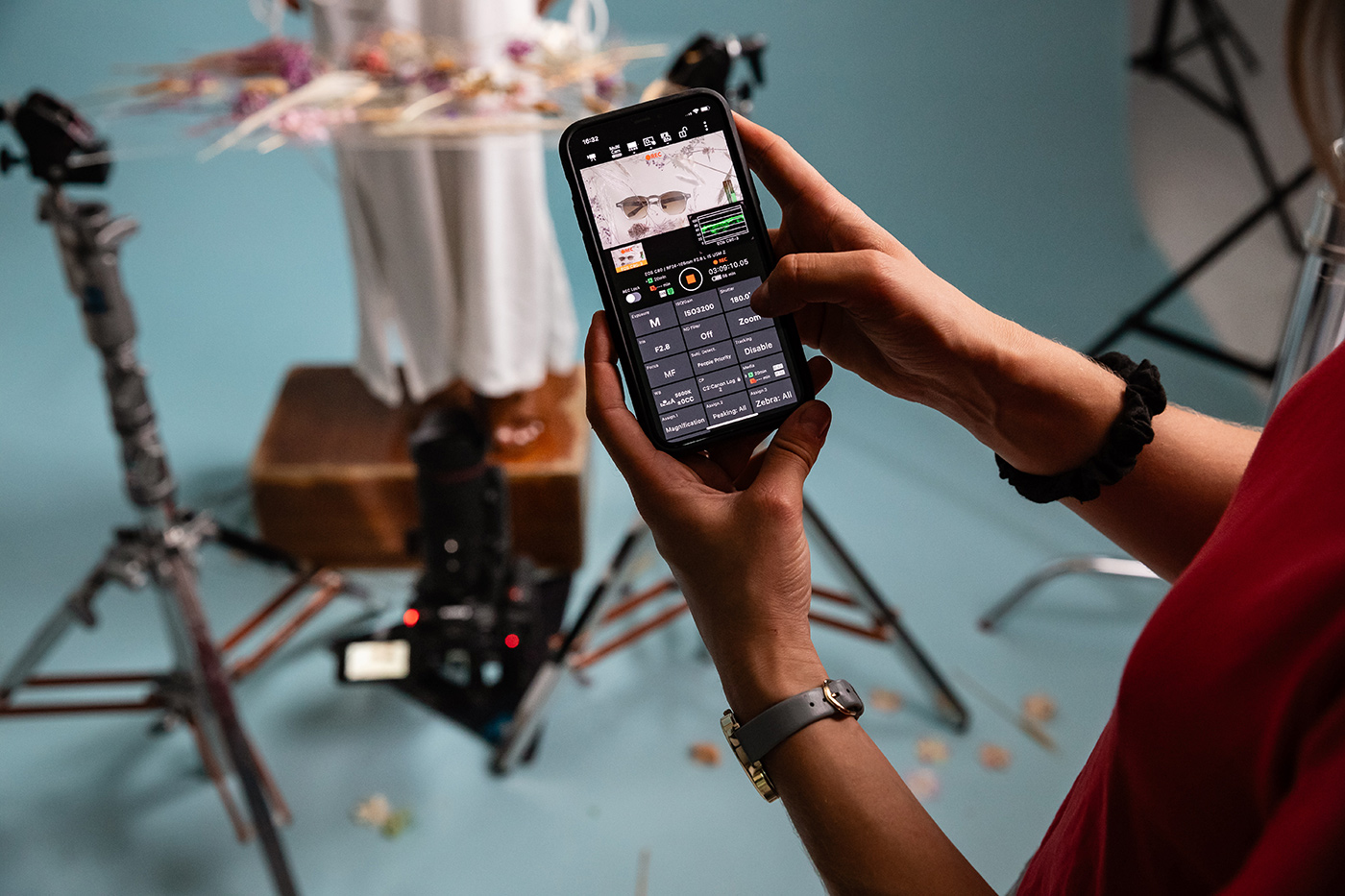
The latest Dual Pixel CMOS AF II with EOS iTR AF X
The Canon C80 inherits Canon’s powerful Dual Pixel CMOS AF II with EOS iTR AF X. This offers filmmakers more advanced AF capabilities, including full sensor coverage, faster and more accurate performance, new subject detection capabilities and more detailed AF speed and response customisation.
All pixels on the image sensor can perform both phase detection and imaging, which enables faster and more reliable AF compared to conventional systems. The system incorporates People and Animal subject detection (Dogs/Cats) with Human Face/Eye/Head and Body tracking together with Face priority and face-only modes.
|
Subject |
Coverage |
|
|
People |
People |
Eyes / Face / Head / Body |
|
Animals |
Dogs, Cats |
Eyes / Face / Body |
Dual Pixel CMOS AF II works together with EOS iTR AF subject detection and tracking, which is supported in mirrorless cameras such as the EOS R5 Mark II. This system delivers 100% AF coverage, enabling easier framing, improved tracking, and greater accuracy for subjects moving around the frame or standing off-centre.
Benefits of the XF-AVC S and XF-HEVC S formats
Canon's adoption of XF-AVC S and XF-HEVC S bring improvements to MP4 recording by integrating professional filenames, folder organisation, and offering metadata support, similar to standards set by CRL and XF-AVC. These formats are in addition to support for Cinema RAW Light and XF-AVC. Key benefits of XF-AVC S and XF-HEVC S include:
- Filenames now incorporate additional details such as Camera index, Reel number, Clip number, etc.
- The main and MP4 proxy files maintain the same filename structure.
- Frame metadata like position, Gyro data, etc., is preserved for integration into post-production workflows.

Design and Connectivity
With a red record button and Red ‘C’ logo design the C80 will look and feel familiar to existing Canon users, whether coming from a mirrorless or pro video camera. Canon has also refined the body to be more compact, hand-holdable, and easily supported on a stabiliser or rig, with great ergonomics and versatile connectivity.
The multifunction accessory shoe on the handle powers the Canon DM-E1D microphone, Tascam CA-XLR2d XLR Microphone Adapter, plus other filmmaking accessories, and connectivity options now support multi-camera productions.
The body also offers remote control for broadcasting and events via Ethernet, WiFi, and app control, with as many as 200 cameras depending on the controller being utilised. The XC protocol (Cross-over) enables camera control, image display, and batch functions.
A newly added SDI output joins the full-sized HDMI port, which sends uncompressed video signals to switchers, recorders, or other compatible devices, enhancing its versatility in professional environments.
With the launch of the EOS C80, Canon is expanding its next-generation cinema lineup, with cameras, which integrate the RF mount. This offers filmmakers the most versatile lens options, with native RF support and EF/PL compatibility via adapters.
The C80 provides 6K RAW recording, the latest AF system, and versatile connectivity, making it a comprehensive solution for professional video applications. Its full-frame BSI sensor captures a wide dynamic range with multiple bitrates, codecs and resolutions, which is suitable for everything from broadcast to cinema and VR.
Improved ergonomics, a brighter LCD, and updated recording formats help to streamline solo and team workflows, keeping Canon professionals at the very forefront of video creation. Learn more and reserve your Canon EOS C80 RF Mount Cinema Camera today to take your video content to a whole new level.
Get a free quote to trade-in, upgrade, or part-exchange your unwanted camera gear without any hassle. Our corporate sales team is also available to assist with business inquiries.
Share this post:
By Nick Dautlich on 10/09/2024
Nick Dautlich
Senior Content Writer and Product Reviewer
Nick Dautlich is the Senior Content Writer and Product Reviewer at Park Cameras, with over 15 years of photography experience. A Sony Imaging Professional and expert reviewer, Nick has worked with major brands such as Canon, Sony and Nikon. His work is also featured on Vanguard World UK’s website, Capture Landscapes, and Shutter Evolve. Nick’s photography includes National Trust projects and magazine covers and he is passionate about landscapes and storytelling. Nick also enjoys hiking and teaching his children about nature. Learn more on his profile page.

Trade in your old equipment
Fast and easy trade in service ensures your old gear is collected efficiently and you are paid quickly! It's very simple to trade in your unwanted photography gear. Just head over to our dedicated Sell or Part Exchange page, fill out the details, and we'll get back to you with an offer for your old gear. Take the cash, or put it towards the cost of your new gear. It's up to you! Find out more
sign up to the newsletter
Keep up to date on the latest photography news, events and offers. Sign up now
